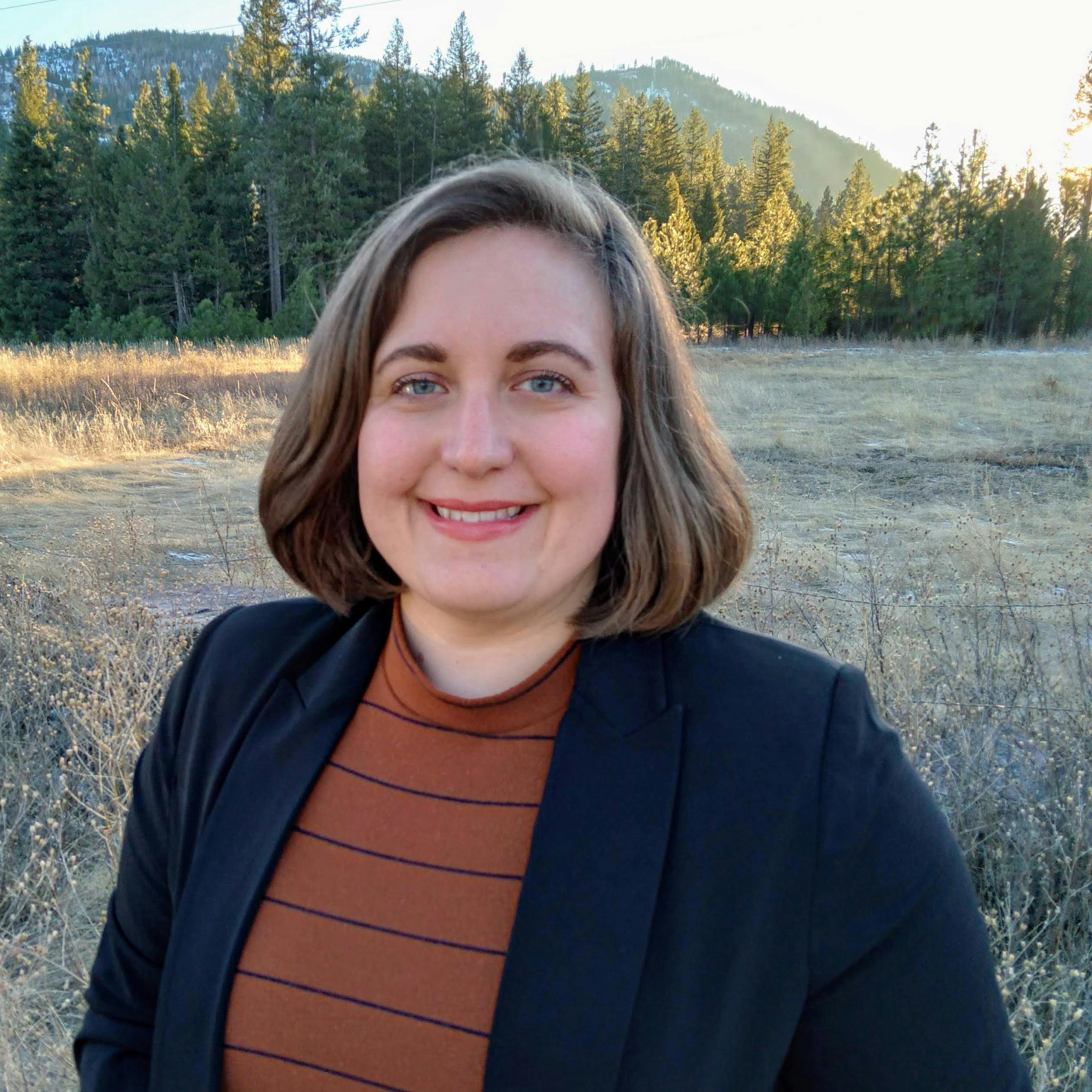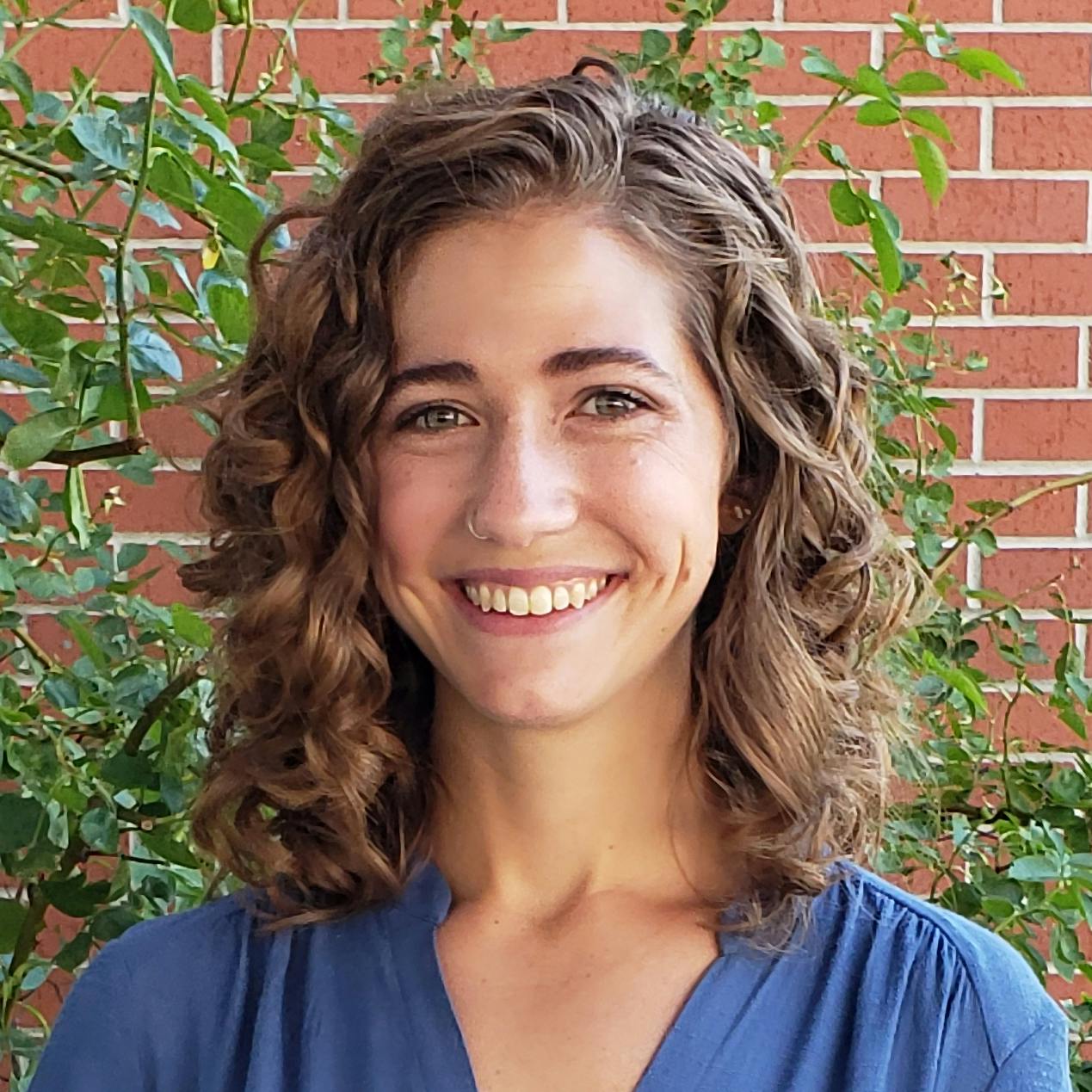Phases of Our Missoula
Share Phases of Our Missoula on Facebook
Share Phases of Our Missoula on Twitter
Share Phases of Our Missoula on Linkedin
Email Phases of Our Missoula link

Overview of Project Phases
The Our Missoula: Growth Policy Update and Code Reform project will be implemented in multiple phases. The overall goals and outcomes of each phase are summarized below.
Phase 1: Community Launch (Build awareness and inform the community)
Goals:
- Inform and educate community members about the Our Missoula project and what it can and cannot do to affect positive change in Missoula. Raise awareness and show why the project is necessary and how it will affect Missoulians directly.
- Officially launch the project with community members. Begin to build a community-based infrastructure. This infrastructure aims to allow for comprehensive and inclusive participation in the multi-year process.
- Build partnerships with community-based groups who:
- Represent diverse perspectives
- Can support outreach to and engagement with traditionally marginalized and underrepresented communities
Our Missoula Community Kickoff Event
- Full recording of the event.
- Our Missoula Kickoff Handout:
This 9-page printable document is full of information about Our Missoula including overall goals and timeline. It also contains an overview of the Growth Policy Update, Future Land Use Map, and Zoning and Development Codes. - Timeline of Missoula's Built History
View these timelines to get a visual sense of how Missoula has grown to be the City it is today including a timeline of recent City Policies that relate to the Our Missoula project.
 Phase 2: Define the Problem (Identify how our codes and policies fall short in addressing equity and community needs)
Phase 2: Define the Problem (Identify how our codes and policies fall short in addressing equity and community needs)
Goals:
Policy
- Assess and understand where Missoula has been in the past, where it is today, and where it wants to be in the future.
- Discuss issues such as: equity; housing affordability; neighborhood character; economic and workforce development; transportation and connectivity; natural environment; and parks and open space.
- Engage community members to help define the issues, share ideas, experiences, and concerns as they relate to how Missoula has grown and developed in recent years.
- Confirm the Growth Policy’s overall vision to focus inward with the community and identify needed updates or modifications.
Code
- Engage frequent code users to:
- Identify barriers, challenges, and inconsistencies in the current code.
- Identify opportunities for improvement.
- Diagnose the specific problems with the current code. Inform the community about how those problems are getting in the way of implementing the Growth Policy. Inform the community about how problems with the current code are getting in the way of addressing the issues the community cares about.
A foundation of the Our Missoula project is an analysis of equity in land use to identify how our current codes and policies fall short in supporting social equity goals and addressing community needs. Understanding where Missoula has been in the past and where it is today is important when determining where it wants to be in the future. View the Equity in Land Use Report here.
 Phase 3: Explore Scenarios for the Future (Envision what change and progress could look like for Missoula)
Phase 3: Explore Scenarios for the Future (Envision what change and progress could look like for Missoula)
Goals:
- Identify different ways Missoula can grow based on extensive and inclusive community feedback and what we learn from Phase 2.
- Assess potential changes in land uses and understand its equity impacts on jobs, housing, sustainability, infrastructure, and transportation.
- Engage the community in understanding and weighing the tradeoffs between different growth patterns and their impact on how current and future Missoulians live, play, and work in Missoula.
 Phase 4: Update the Growth Policy and Future Land Use Map (Affirm our community’s vision)
Phase 4: Update the Growth Policy and Future Land Use Map (Affirm our community’s vision)
Goals:
- Engage with the community on key elements and changes proposed in the Growth Policy updates. Engage with the community on key elements and changes proposed in the Future Land Use Map (FLUM) updates. The aim is to verify that it reflects and responds to community needs and desires.
- Update the goals and policies in Missoula’s Growth Policy to reflect and respond to the needs of the community today. These are based on code, policy, and equity audits performed/information gathered in previous phases.
- Update the FLUM to reflect the clarified vision of the Growth Policy throughout the community. This is based on the community’s preferences on future growth scenarios.
- Adopt the updated Growth Policy and FLUM. (This is the final GPU related step in this project.
 Phase 5: Reform the Development Code (Craft specific changes to put in place the vision and address key needs)
Phase 5: Reform the Development Code (Craft specific changes to put in place the vision and address key needs)
Goals:
- Engage with the community about potential updates and changes to the Development Code and address key concerns and considerations.
- Develop and test development code innovations. Propose updates to the Development Code that can put in place the renewed goals identified in the Growth Policy.
- Merge various development-related code provisions into a new Unified Development Code.
- Streamline development review processes to:
- Provide more certainty and predictability for all code users
- Resolve inconsistencies in the various codes and ordinances.
 Phase 6: Public Review and Adoption of the Unified Development Code (Implement Missoula’s vision)
Phase 6: Public Review and Adoption of the Unified Development Code (Implement Missoula’s vision)
Goals:
- Engage community members early and often in the public review and adoption process. Create opportunities for the community to get involved in the formal adoption of the UDC and updated Zoning Map.
- Co-create an Admin Draft UDC and Zoning Map update strategies with participating departments. Refine based on feedback.
- Co-create Public Review Draft and Zoning Map updates with participating departments. Refine based on feedback.
- Present Public Review Draft and any proposed Zoning Map updates with participating departments. Refine based on public feedback.
- Present Adoption Draft and any proposed Zoning Map updates with participating departments. Refine based on public feedback.
- Adopt a new Unified Development Code and Zoning Map updates that put in place the Growth Policy and new code innovations.
Page last updated: 24 Apr 2025, 01:15 PM






